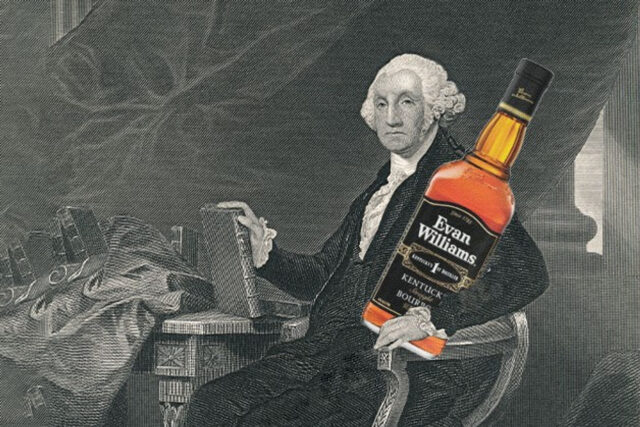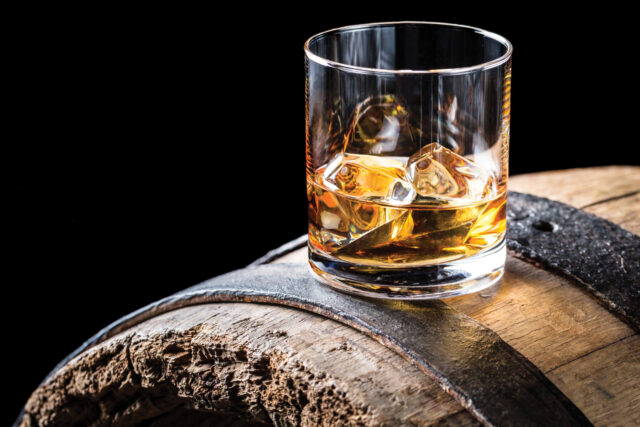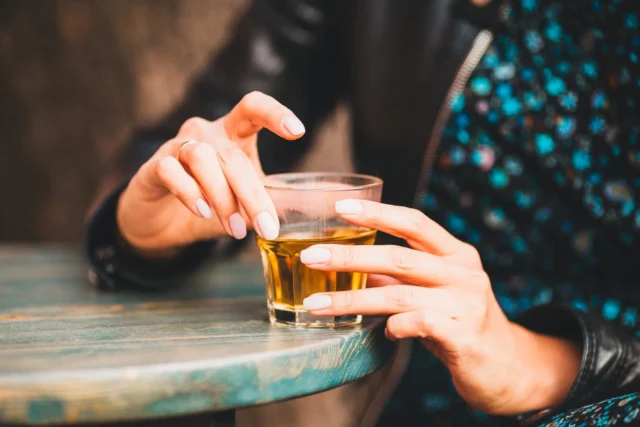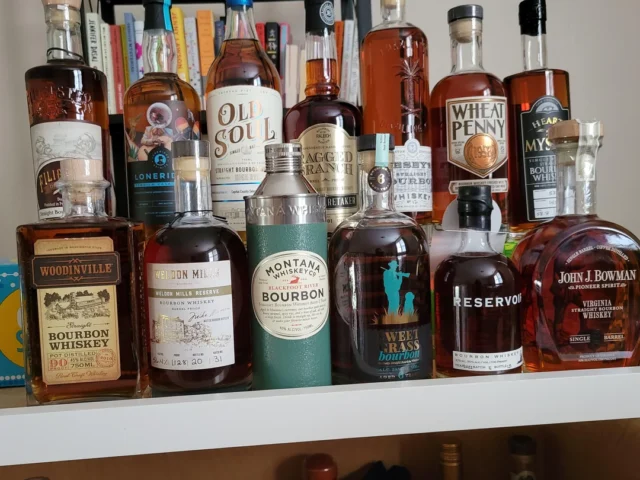
There’s something magical about sipping bourbon—rich flavors, the warmth it brings, and that unmistakable connection to a storied past. But where did it all start? Let’s explore the fascinating journey that transformed this iconic spirit into the cultural heavyweight it is today. Don’t worry; I’ll keep things casual and digestible while sprinkling in some fun facts and quirks along the way. Grab your favorite glass, and let’s get started.
Key Points:
- Bourbon’s roots trace back to early settlers in the U.S.
- The impact of aging barrels on bourbon flavors.
- Key moments that shaped bourbon’s identity.
- Modern icons and innovations in bourbon.
1. Early Beginnings: Settlers, Corn, and a Need for Something Strong
Bourbon didn’t just appear out of nowhere. It began with European settlers in the late 18th century. They needed something reliable to drink—and let’s face it, life in the New World wasn’t glamorous. They found their answer in corn, which was abundant, cheap, and, most importantly, distilled beautifully. Add charred oak barrels to the mix, and you’ve got the birth of a legend.
Kentucky became the epicenter for bourbon production. The state’s limestone-rich water worked wonders for distillation. Plus, farmers had leftover grains, and what better way to use them than to create liquid gold?
Learn more about the origins, history and tasting profiles of bourbon by checking out Decpapi’s expert take on the subject.
2. The Role of Barrels: Where the Magic Happens
Barrels are the unsung heroes in bourbon’s flavor journey. The charred oak doesn’t just make it look cool; it infuses the liquid with vanilla, caramel, and smoky notes. The aging process transforms the raw spirit into the smooth, flavorful drink we know and love.
Here’s how it works:
- Charring creates a layer that caramelizes wood sugars.
- Aging allows bourbon to interact with this layer, absorbing complex flavors.
- Seasonal temperature changes in Kentucky expand and contract the liquid inside the barrel, enhancing flavor.
Want proof of how important barrels are? Try white dog whiskey—essentially unaged bourbon. It’s a bit rough, to put it kindly.
3. Milestones That Shaped Bourbon’s Identity
Bourbon’s journey wasn’t always smooth. It faced challenges, from Prohibition to shifting tastes in the 20th century. Yet, it always bounced back, thanks to pivotal moments like:
- Bottled-in-Bond Act of 1897: Guaranteed quality and authenticity.
- Prohibition Era: Nearly destroyed the industry but added to its mystique.
- Post-WWII Revival: Bourbon became a symbol of American pride.
- Modern Craft Movement: Small distillers brought innovation to the table.
Each era brought new challenges and triumphs, shaping bourbon into what it is today.
4. Bourbon Icons: Names That Defined the Spirit

No bourbon story is complete without mentioning its legends. These names have become synonymous with quality, innovation, and history:
- Jim Beam: A family operation that’s been around since 1795.
- Maker’s Mark: Known for its iconic red wax seal.
- Buffalo Trace: Home to some of the most sought-after bottles.
- Pappy Van Winkle: The holy grail for bourbon lovers.
These brands didn’t just produce spirits; they created cultures around their products.
5. The Modern Bourbon Boom
Bourbon is more popular now than ever. What sparked the resurgence? A mix of nostalgia, craft distilling, and a thirst for authenticity. Millennials, in particular, have embraced bourbon, turning it into a staple at trendy bars and upscale restaurants.
Technology has played a role too. From precision aging techniques to AI-driven flavor profiling, bourbon’s production methods are evolving while staying true to its roots. Distilleries now offer virtual tours, apps for collectors, and limited-edition releases that sell out in minutes.
6. How to Start Your Bourbon Journey
Whether you’re a seasoned enthusiast or a curious newbie, diving into bourbon can be overwhelming. Here are some tips to ease into it:
- Start with approachable bottles like Buffalo Trace or Four Roses.
- Learn the basics of tasting: nose, sip, and savor.
- Experiment with cocktails like the Old Fashioned or Manhattan.
- Visit a distillery to experience the process firsthand.
Bourbon isn’t just a drink; it’s an experience waiting to be explored.
7. Women and Bourbon: Breaking Stereotypes

Bourbon might traditionally be associated with burly men and cigars, but women have been quietly reshaping the narrative. Today, many of the industry’s key players are women, and their contributions are impossible to ignore.
Take Marianne Eaves, for example. As Kentucky’s first female master distiller in decades, she’s brought fresh ideas and a modern perspective to bourbon production. Women are also driving the surge in bourbon’s popularity, with female consumers embracing the drink in record numbers.
Ladies, pour yourself a glass. Bourbon isn’t just for the boys anymore.
8. Collecting Bourbon: A Hobby or an Obsession?

For some, enjoying bourbon isn’t enough—they have to own it, all of it. Collecting rare bottles has become a serious pursuit, with enthusiasts tracking down limited editions and vintage finds. Some bottles even sell for thousands of dollars at auction.
If you’re tempted to start a collection, here are a few tips:
- Focus on bottles you genuinely enjoy, not just the hype.
- Store them properly—cool, dark spaces are ideal.
- Keep an eye on releases from distilleries like Buffalo Trace and Heaven Hill.
Whether you’re hunting for unicorn bottles or just adding variety to your shelf, collecting bourbon can be as rewarding as sipping it. Just don’t forget to actually open a bottle once in a while!
Closing Thoughts
Bourbon’s journey is a testament to resilience, creativity, and passion. It started as a humble farm product and evolved into an iconic symbol of American culture. Whether you enjoy it neat, on the rocks, or in a cocktail, every sip carries a bit of history and innovation.
So, what’s your favorite way to enjoy bourbon? Let me know—preferably over a glass of something aged to perfection. Cheers!












